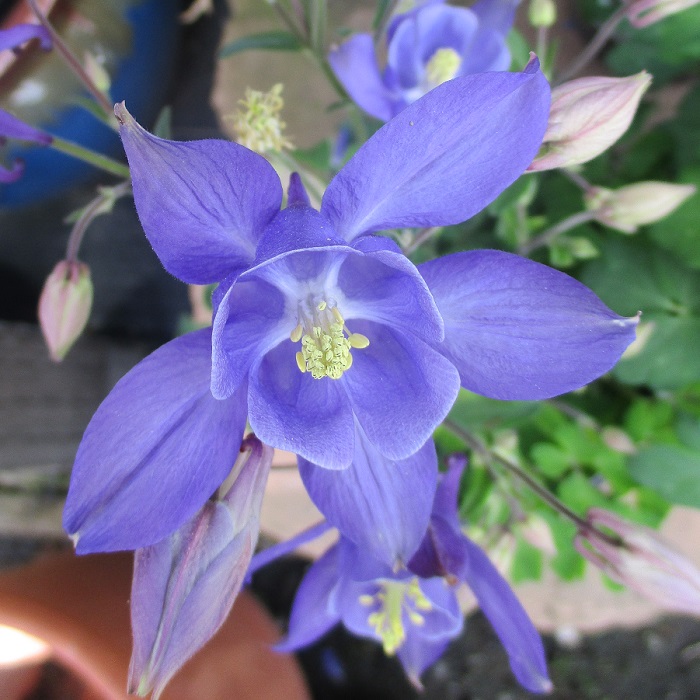UNITED STATES—Annuals are plants that complete their entire life cycle from germination to death within a single year. Biennials complete their entire life cycle in two years, mostly by developing vegetative growth during their first year, and then blooming, producing seed and then dying after their second year. Perennials are the many herbaceous plants that survive longer than just a few years or indefinitely.
As simple as these definitions seem to be, the plants that they describe are a bit more complicated. Some biennials can regenerate from the roots of plants that have already bloomed and died. Stems of some annuals can root where they touch the ground, to form new plants that survive for another year. Some annuals seem perennial if they replace themselves with their own seedlings.
Of course, none of that matters for the many biennials, perennials and self perpetuating annuals that get grown as mere annuals. At a time when ‘sustainability’ is a fad and trendy buzz word, it is ironic that so many bedding plants that could contribute more if given the chance to do so, continue to get discarded as soon as their primary season finishes. Most have more potential than that.
Self perpetuating annuals like sweet alyssum and nasturtium might only need to be groomed of old plants as new ones take over. Young nasturtium are rather efficient at overwhelming their own parent plants to some degree. Of course, subsequent generations will revert to feral plants. Fancier nasturtium will eventually become basic orange and yellow. Sweet alyssum will be plain white.
Many annuals that are actually perennials might survive through their off season if just overplanted with more seasonal annuals, and then regenerate when the weather becomes more favorable. For example, primrose from last season might be left in the ground as petunias take over for summer, but when the petunias finish next autumn, the primrose can regenerate for another season.
Such perennials regenerate more randomly than they grew in their primary season, and will need some degree of grooming and perhaps mulching.
Highlight: columbine
Colorado is another state that was able to designate one of the most excellent wildflowers of North America as the official state flower because it happens to be native there. Rocky Mountain columbine, Aquilegia caerulea, however, did not contribute as much to the breeding of the many modern hybrid varieties of columbine as did common European columbine, Aquilegia vulgaris.
Most are short term perennials that are more often grown as biennials or, if they do not continue to perform through the dry warmth of summer, as spring annuals. Seed can be sown directly earlier in spring, but new plants may not bloom until the following spring. Plants that are grown in a greenhouse through winter, as well as self sown plants that grow though winter, should bloom in spring.
The famously spurred flowers can be just about any color; white, blue, purple, red, orange, yellow, pink and even pale green (fading to white). Most are combinations of two colors. Some varieties proudly bloom with frilly double flowers. The thin flower stems stand about a foot tall, with flowers facing slightly downward. The trifoliate and delightfully lobed leaves are like big lacy clover leaves.
Horticulturist Tony Tomeo can be contacted at tonytomeo.com.






